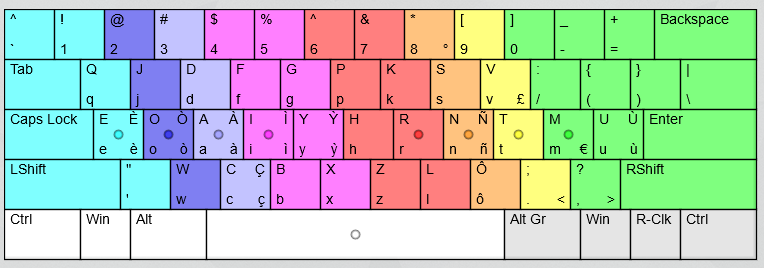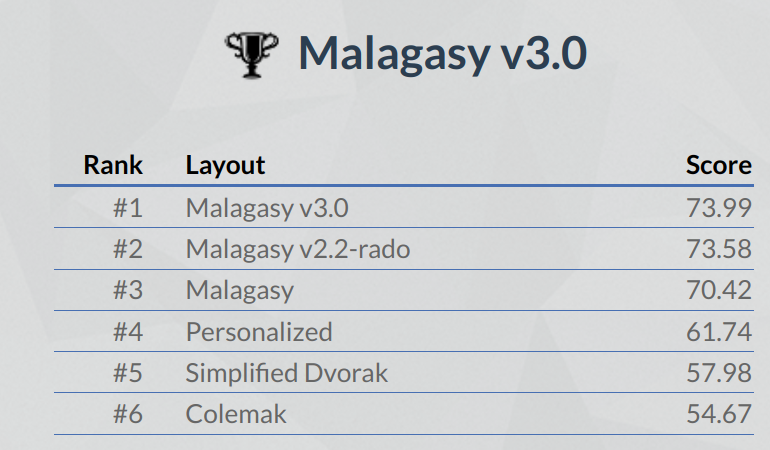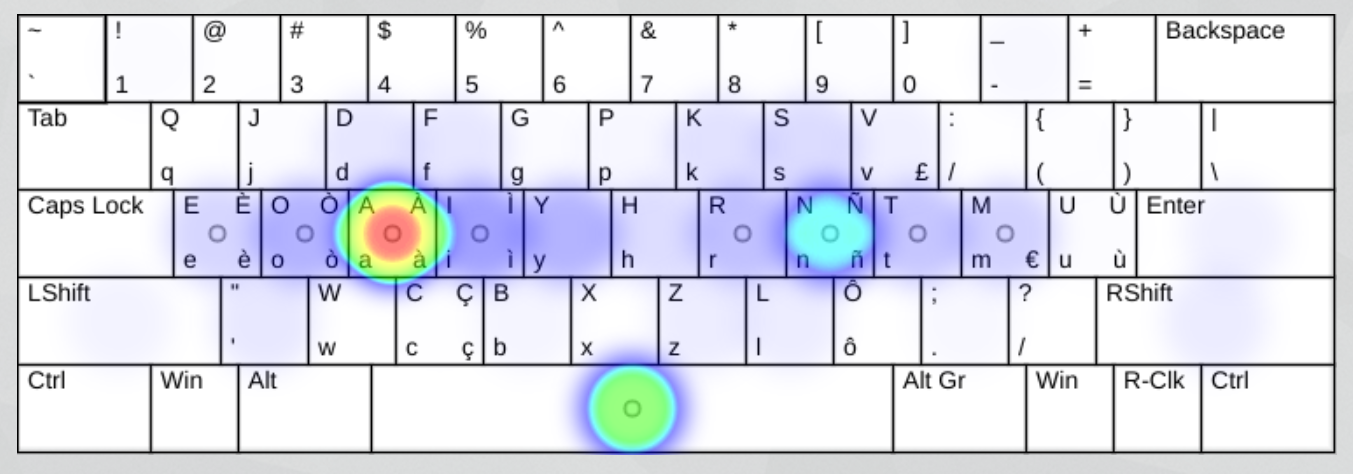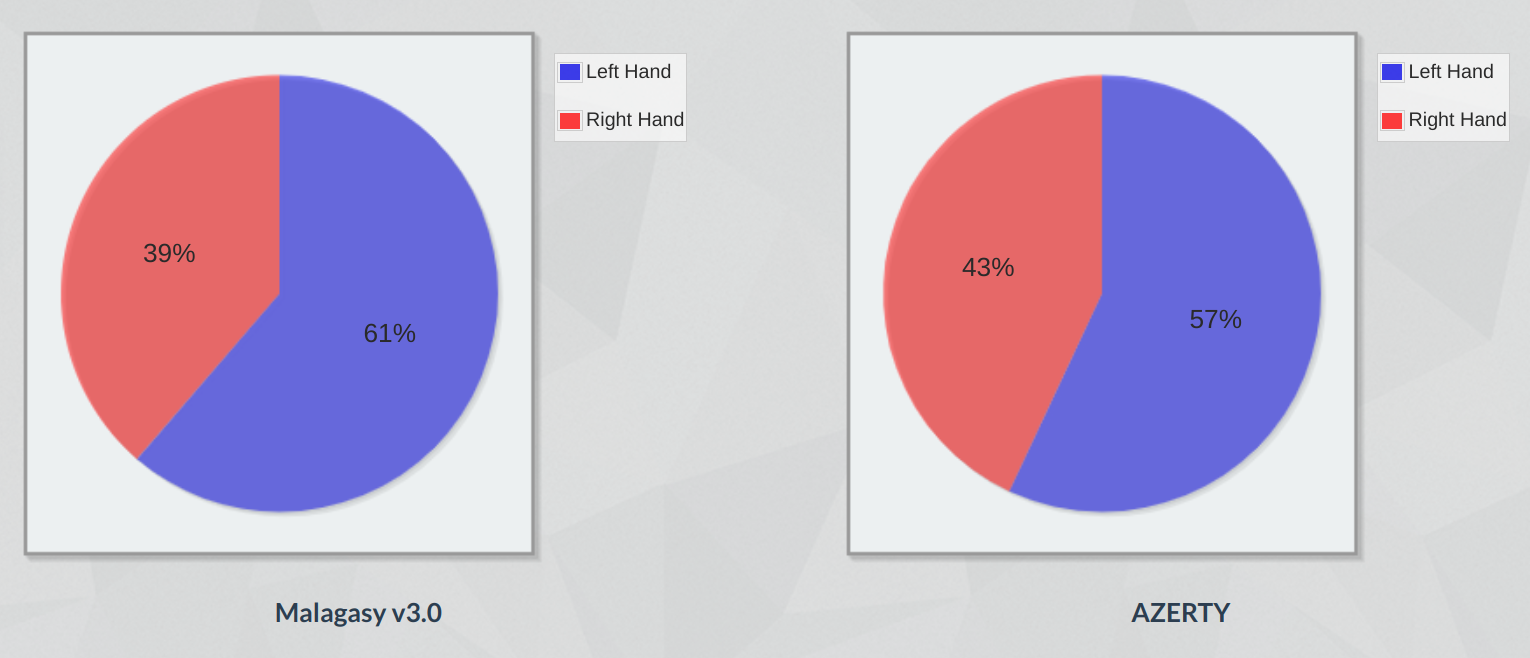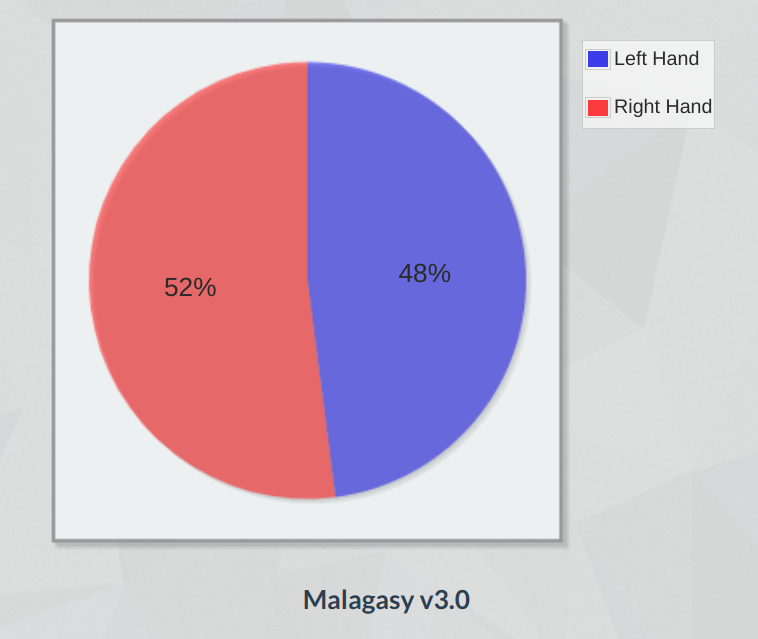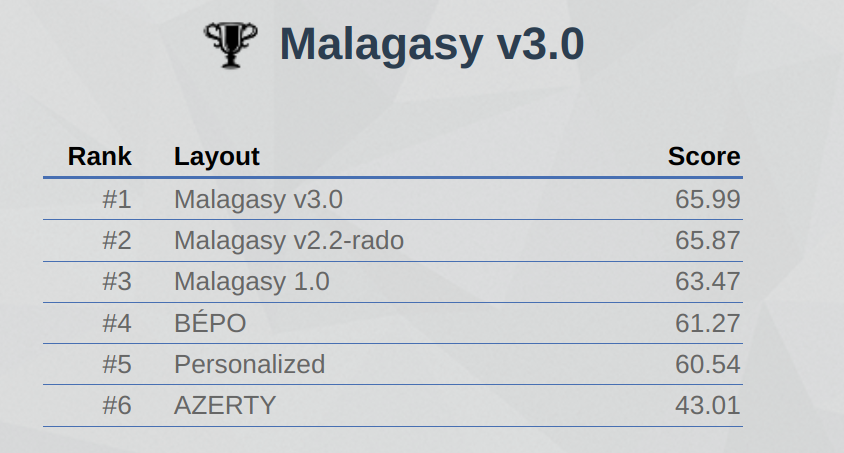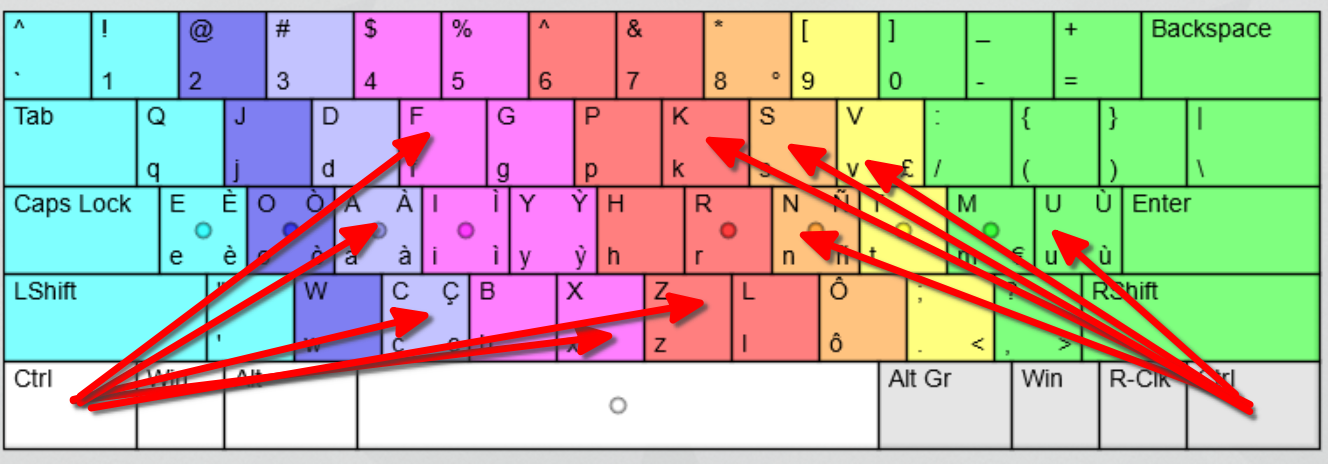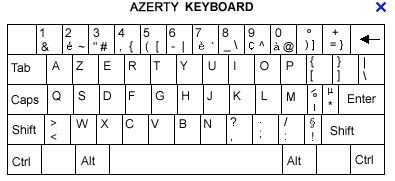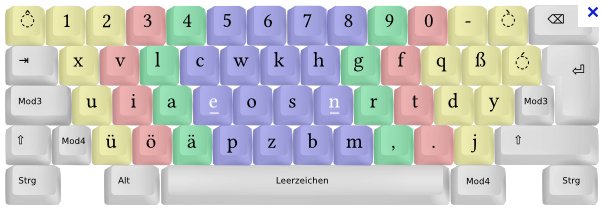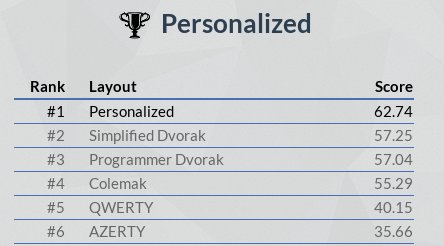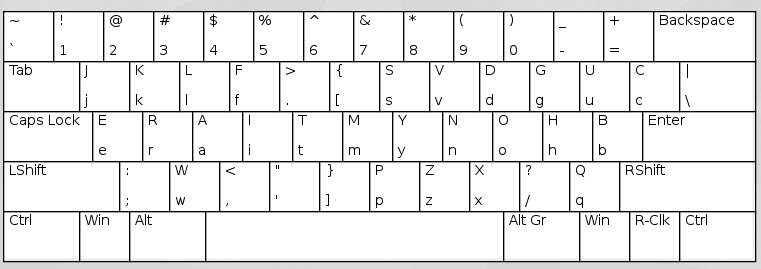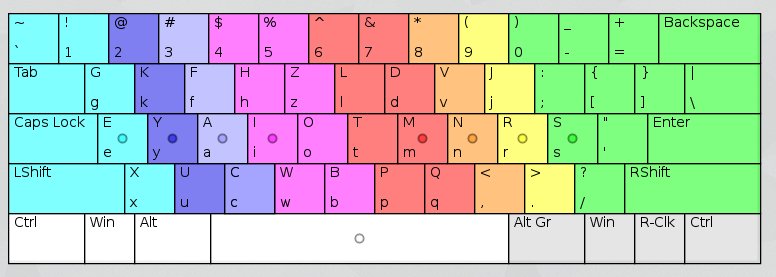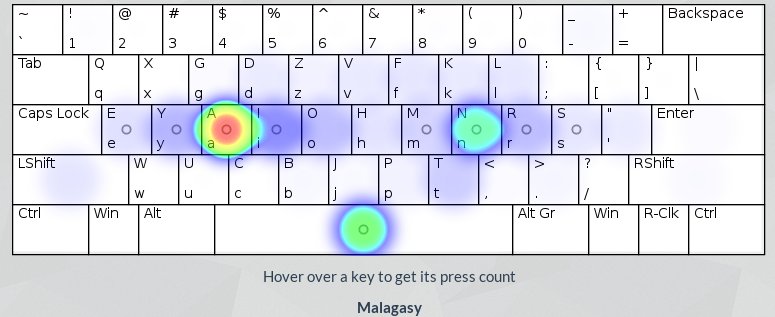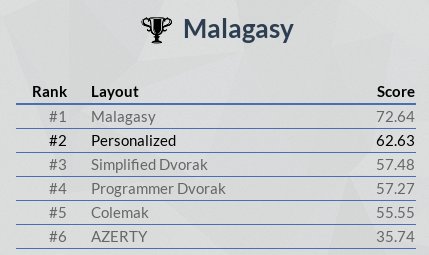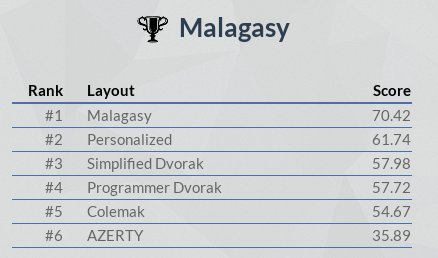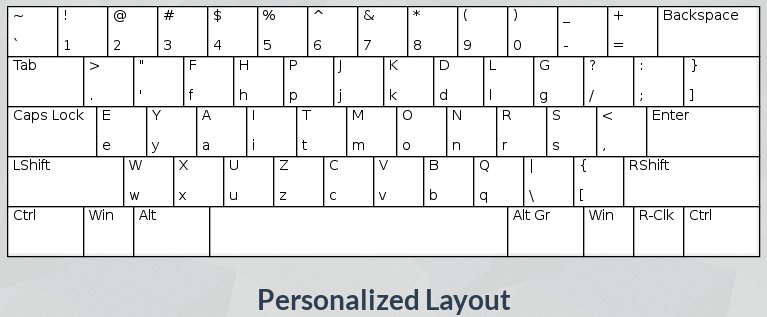The 2020s have undeniably been one of the most challenging decades in recent memory, perhaps second only to the Cold War era, or even WWII. Born in 1993, I didn’t experience the WWII or the Cold War firsthand, but I’ve certainly felt the full force of the early 2000s, the 2010s, and especially the turbulence of the 2020s. Even though we’re just halfway through, the decade has already tested me profoundly.
In early 2020, the COVID pandemic turned our lives upside down. Overnight, I transitioned from a routine office worker to remote work with no preparation whatsoever. Initially, the adjustment was tough—I developed unhealthy habits, notably becoming excessively sedentary due to reduced physical activity. However, one positive aspect emerged: I realized the absurdity of commuting two hours daily when remote work was feasible. This realization reshaped my working life, and I’ve continued to work remotely ever since.
By 2021, things had begun to stabilize. I overcame my initial remote work struggles and became comfortable with this new normal, although pandemic-related travel restrictions remained challenging. The year also marked a significant turning point when my aunt proposed starting a business in the United States. This idea became a major focus for me, occupying significant mental bandwidth for the following two years.
In January 2022, this dream began taking tangible shape. I traveled to Boston, established our Delaware company, and started preparations for relocating to the U.S. by August. Interestingly, just two weeks before the planned move, I met my Oli, my future wife.
However, the excitement of launching a business came with immense stress. In September and October 2022, I worked tirelessly—up to 18 or 19 hours daily, losing weight rapidly due to intense stress and exhaustion. Despite substantial investment—over $50,000 in franchise fees alone—the business struggled to generate sufficient revenue. Hiring reliable staff was an enormous challenge, exacerbated by my visa situation, forcing me to operate within restrictive conditions.
The strain culminated when, after returning briefly to France to reset my visa status, I was unexpectedly denied entry upon my return to the U.S. A grueling 12-hour interrogation led to the cancellation of my visa waiver due to suspicions of unauthorized employment. Suddenly, I found myself back in France with no job, no luggage, and few resources.
Forced to reassess, I sought employment urgently to stabilize financially. After initial setbacks, including unsuccessful attempts at various jobs, I ultimately returned to my previous company, filling the position I’d left months earlier.
In January 2023, my aunt went back to France and won’t come back as she’d also be at risk of facing visa complications. Together, we waited in France, managing our U.S. business remotely and maintaining operations at approximately $3,000 monthly, hoping to secure new visas by June.
In June 2023, I went to the U.S. Embassy with my aunt with hopeful anticipation—we were ready for our visas to be approved and eager to continue building our business in the United States. Unfortunately, things didn’t turn out as planned.
Our visa applications were rejected. The embassy cited concerns that we hadn’t provided sufficient evidence of strong ties to our home country—ties that would compel us to return after our visas expired. Essentially, they treated our business visa application similarly to how they review applications for tourism or short-term visits. The rejection felt abrupt, unfair, and devastating—especially considering we had invested heavily in this project.
Financially, the blow was significant. Collectively, we had spent more than $160,000, and personally, I had invested around $90,000 into setting up the business—obtaining licenses, meeting certification requirements, and keeping ample cash reserves for running expenses. To have it all dismissed in a brief 15-minute interview felt surreal and painful.
With our visas denied, we urgently needed a new plan. Keeping the U.S. business was no longer viable; it made sense to sell quickly, even at a substantial discount, simply to recover some portion of our investment. My aunt recommended a realtor friend in Chicago who had experience not only with properties but also businesses. We entrusted him with the sale.
Weeks went by with little progress. Interested buyers were scarce—and understandably so. Our business had been inactive for months, generating zero revenue while we continued incurring fixed costs like electricity, internet, utilities, and annual company fees. Keeping it closed yet “operational” was costing us roughly $3,000 a month—a relentless financial drain that was unsustainable.
After several unsuccessful attempts, the realtor returned the keys. We then had an emergency meeting to assess our options. It was clear we faced an impossible choice: continuing to lose thousands of dollars monthly on an inactive business, or paying another $800 plus additional fees to officially close it down. Ultimately, we decided the best path forward was simply to walk away—even though this meant becoming tax delinquent with the state of Delaware and losing our entire investment without ever having opened our doors.
From an outside perspective, this entire experience felt like a cruel joke—or worse, a scam. We did everything by the book, followed all rules and requirements meticulously, yet found ourselves locked out of both the country and our own investment. By the end of June 2023, the feeling of loss, disappointment, and frustration was overwhelming. It felt like rock bottom.
But, as they say, when you hit rock bottom, the only way left is up. During this challenging period, my relationship with Oli continued to grow stronger. She had already proposed marriage, and I had asked for some time to think. In August, after careful reflection, I said “yes.”
We planned a beautiful vacation together spanning late September and early October—a memorable and joyful break from the hardships we’d recently endured. During those special weeks, our daughter was conceived, marking a beautiful new beginning amidst the turbulence.
Today, looking back, it feels like everything unfolded exactly as it needed to—perhaps not smoothly, certainly not painlessly—but ultimately guiding me toward an unexpected and profoundly meaningful new chapter of my life.
The end of the year 2023 turned out to be another major turning point in my life. When meeting Oli in August 2022, we began envisioning our future together—a shared life, marriage plans, and discussions about how many children we hoped to have. Those were beautiful, exciting conversations that deepened our connection and strengthened our commitment.
However, turning these dreams into reality wasn’t without its challenges. The paperwork required for her to come live with me here in France was extensive. Even if we wanted to marry as early as September 2023, administrative procedures meant we’d have to wait at least six months just to complete the necessary paperwork. By the time we finally filed everything in December 2023, we knew we wouldn’t receive an official response until June 2024 at the earliest.
In the meantime, life continued to unfold beautifully. In March 2024, we celebrated our traditional betrothal ceremony—a deeply meaningful and emotional moment for both of us and our families. Then, in June, we joyfully welcomed our daughter into the world, forever changing our lives in the most wonderful way. Finally, in November 2024, we officially held our civil marriage ceremony, completing another critical step towards building our future together. Immediately afterward, we initiated the transcription of our marriage certificate, laying the groundwork for Oli’s immigration to France.
On the professional front, however, 2024 presented new obstacles. My employment contract at the renowned red-and-black bank, where I’d worked nearly three years, was set to expire in May 2024 and wouldn’t be renewed except under exceptional circumstances. With mutual understanding, the bank and I parted ways amicably, marking the beginning of a challenging job search.
I quickly discovered I’d re-entered the job market at an exceptionally difficult moment. Competition was fierce, standing out had become increasingly challenging, and many experienced professionals—including myself—were forced to consider roles involving salary cuts. For over six stressful months, I searched extensively for a suitable position.
Eventually, my persistence paid off. I received a compelling offer from another company willing to increase my salary by 20%. When I approached my managers at my current job to give the required three-month notice (customary in France), they fought vigorously to retain me. Recognizing the difficulty of hiring skilled professionals, my employer surprised me by immediately matching the new company’s offer.
Finding myself in an unexpectedly advantageous position, I decided to stay. After a tumultuous period of uncertainty, it felt rewarding and reassuring to be recognized and valued professionally.
Reflecting now, 2023-2024 was truly transformative—a year filled with tremendous ups, challenging downs, and beautiful new beginnings. From marriage and fatherhood to job change, it’s clear this journey was never straightforward, but it led me exactly where I was meant to be.
